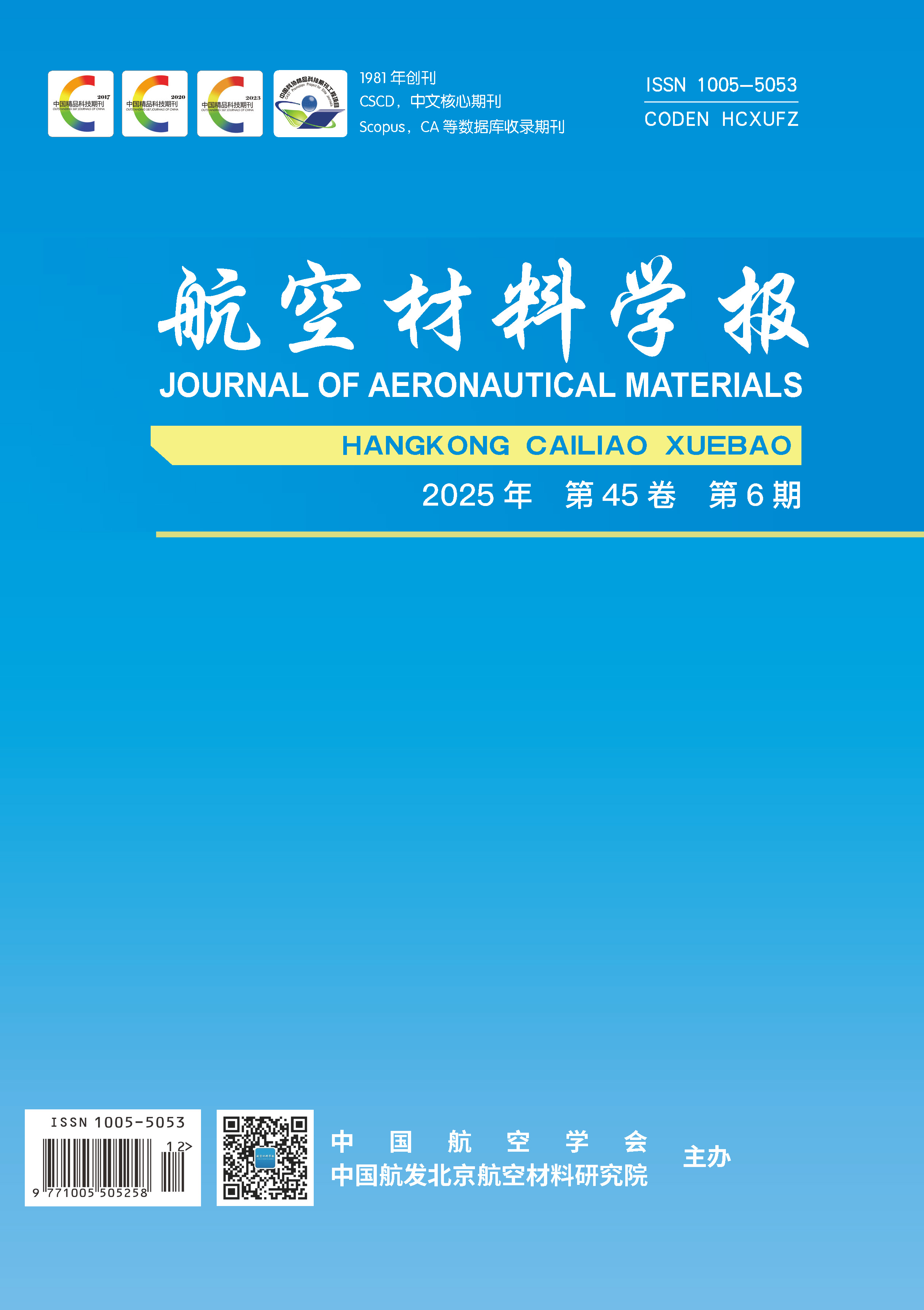WU Xiuliang, LIU Ming, LI Guoai, RU Jigang, CHENG Junzhou, LU Zheng
The strengthening and toughening mechanism of aluminum lithium alloy treated by thermo-mechanical processing have been summarized, and the effect on the evolution of microstructures, grain structure and precipitation, were discussed and analysed deeply. The precipitation sequence and behavior of the main precipitation phase were modified by the thermo-mechanical processing, stimulating the forming of fine dispersion combined particles of δ', θ"/θ', T1, and S"/S' phases, uniformly distributed in the matrix, which significantly improved the relationships of strength and the plastic toughness, with the inhibiting of broadening of precipitate free zones, and of the precipitation and coarsening of strengthening particles at the grain boundary.The density of solute atom and vacancies significantly raised up after solution treating, and retained as supersaturated solid solution after water quenching, which acted as the driving force for the precipitation during subsequent aging. Pre-deformation and pre-aging significantly increased the density of fine dispersion strengthening particles of δ' and G.P. zones, which uniformly nucleated in the matrix, and the combined strengthening phases of δ', θ"/θ', and T1 were obtained after high temperature second aging, controlling the size and volume fraction of these particles.Refined grain and optimal grain structure were achieved by new and typical thermo-mechanical processing, and the proportion, size, and oriented relationship of main strengthening particles of δ', θ"/θ', and T1 phases were optimized.At last, the research direction of new thermo-mechanical treatment on the large scale rolled plates and hot worked forgings is pointed out, such as age forming, to meet the need of light high performance of new aluminum lithium alloys used for the large aircrafs and heavy lift launch vehicles.
